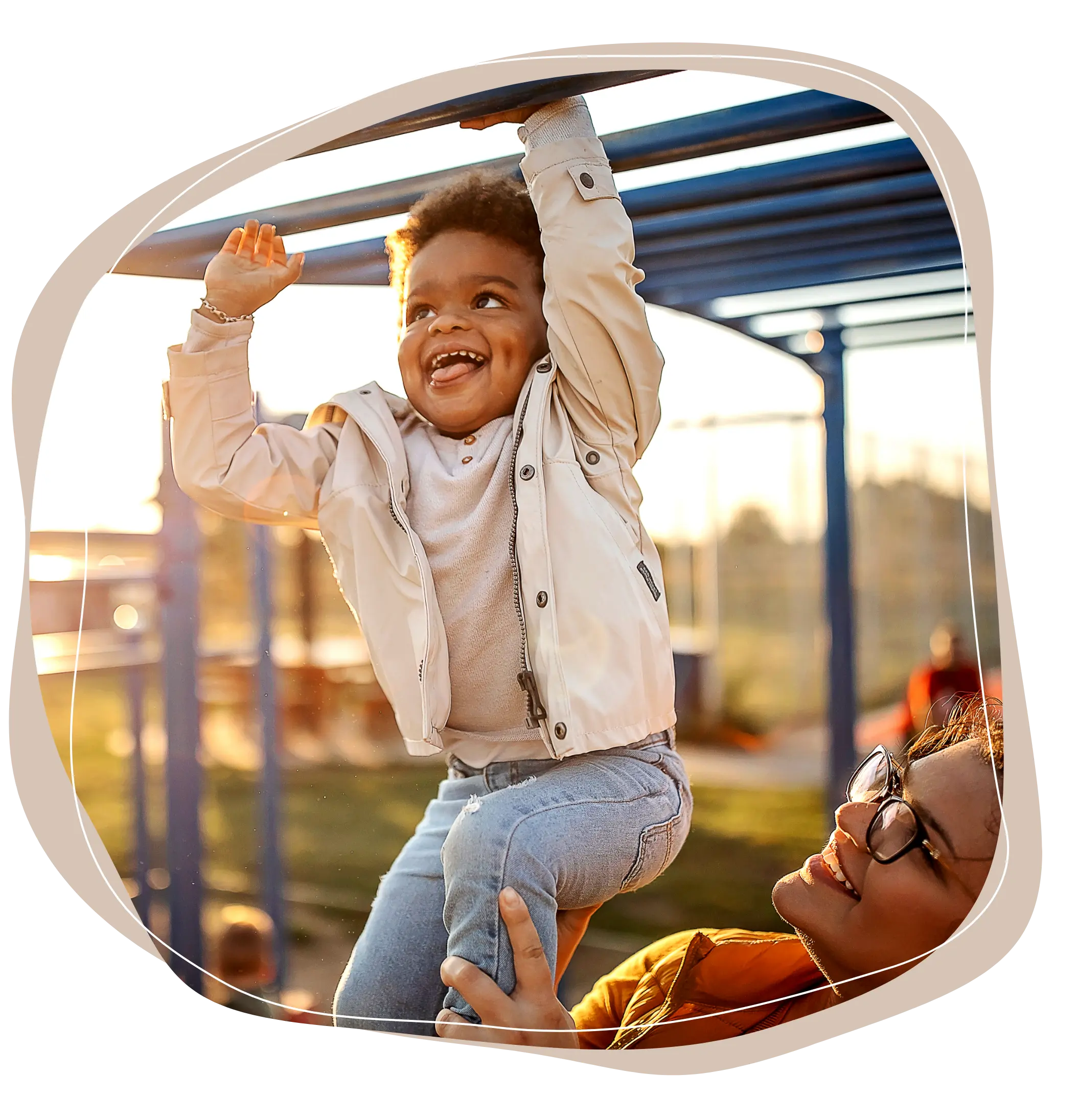
Purpose: The vestibular system is responsible for sensing the direction of our body in space; up, down, backward, forward, spinning, and speed. It plays a critical role in our balance and coordination and can act as a powerful tool in regulation.
Function: The vestibular system is made up of structures within the ear which include three semicircular canals and two otolith organs. Hair cells, crystals, and fluid provide the brain with information about head movement and position. Children can be over-responsive to vestibular input, making them sensitive to excessive or specific types of movement. They can also be under-responsive, requiring increased movement to remain engaged.
Why it’s important: The vestibular system provides us with important information pertaining to balance, orientation, coordination, eye control, and security in movement. It can be thought of as an internal GPS and without it, movement would be very difficult, if not impossible.
System Breakdown: Children with vestibular processing difficulties may present with resistance to change in position. This can look like fear or avoidance of swinging motions or refusal to partake in activities that involve climbing, jumping, or going upside-down. This would be considered over-responsive to vestibular input and result in sensory avoidant behavior. Children with these tendencies are often perceived as overly cautious. If the child is under-responsive to vestibular input, we would see just the opposite and they would be seeking out that sensory input for regulation; running, jumping, climbing, rocking, and fidgeting, which is often summarized as difficulty remaining still.
OT Intervention: Each person is unique to their sensory processing habits. It only warrants intervention if it prevents participation in meaningful activities and impacting their quality of life. Regardless, vestibular input is beneficial for children with and without sensory impairments. A sedentary lifestyle restricts the opportunity for engaging the vestibular system and can lead to sensory processing difficulty purely do to a lack of exposure. Our sensory systems require frequent input to process information efficiently and effectively. Occupational therapists assist with creating a ‘sensory diet’ that is unique to each child’s needs to help them better process sensory information and promote improved regulation. Examples of activities that OT’s may use to promote exposure to vestibular input include:
Swings: There are many different types of swings available and therapy gyms often have more than one to assist with various needs. However, regardless of the type of swing, they all target the vestibular system.
Climbing equipment: Rock walls, jungle gyms, and slides are all great pieces of equipment that can frequently found in a therapy gym to promote engagement of the vestibular system.
Bouncing: Trampolines and exercise balls are useful tools that make bouncing easier and fun.
Inverted exercises: Yoga, bars, and exercise balls are great tools to move the body upside-down, which is a great way to target the vestibular system.